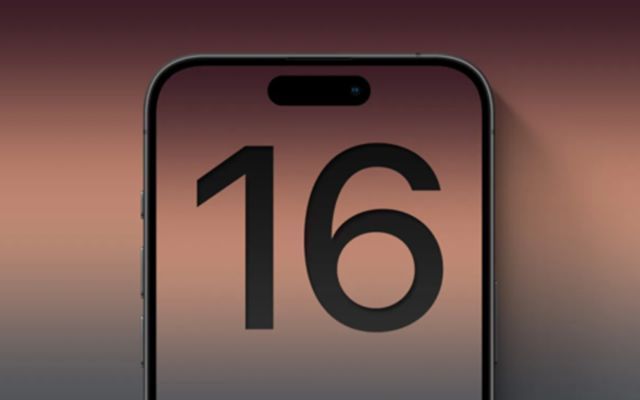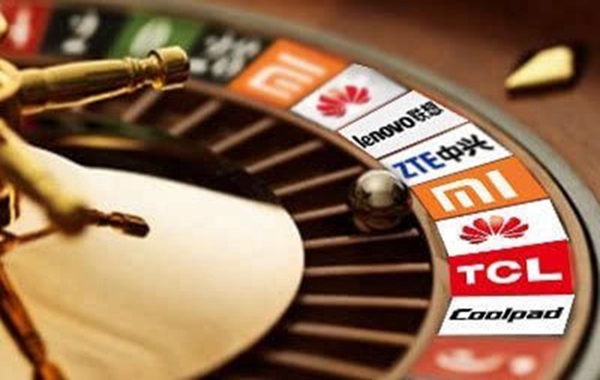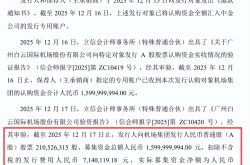Domestic Mobile Phone Brands Maneuver Strategically, Avoiding Direct Competition with Apple by Offering Discounts on Older Flagship Models
![]() 12/30 2024
12/30 2024
![]() 478
478
As the year-end sales rush approaches, various mobile phone brands are intensifying their marketing efforts. Intriguingly, despite publicly asserting their readiness to compete with Apple in the high-end market, domestic mobile phone brands are instead discounting their older flagship models by over RMB 1,000 to capture market share, rather than engaging in a head-on battle with Apple's iPhone 16 through their new flagship devices.

Apple's iPhone 16 is indeed facing considerable pressure. To boost sales, the company has reduced prices by more than RMB 1,000, entering the RMB 4,000 price bracket. This move directly challenges domestic new flagship models priced around RMB 4,000, demonstrating Apple's commitment to securing market share.
In response to Apple's pressure, domestic mobile phone brands have opted not to compete directly with the iPhone 16. Instead, they have discounted their older Snapdragon 8G3 and Snapdragon 8G2 models by over RMB 1,000 to capture market share, thereby creating a differentiated competitive landscape. This contrasts sharply with their earlier assertions of confidently taking on the iPhone 16.
Currently, Snapdragon 8G3 phones are priced just above RMB 3,000, with some heavily discounted models dropping to just over RMB 2,000. This represents a market segment that Apple has yet to address. Historically, when Apple launched new iPhones, older models would quickly see price reductions. However, the current iPhone 15 still costs over RMB 4,000, suggesting Apple might be steering more consumers towards the iPhone 16.
The previous generation of domestic flagship Snapdragon 8G2 phones have dipped below RMB 2,000, directly competing with domestic new mid-range phones priced around RMB 1,000. Consequently, the most popular domestic mobile phones on the market are now older flagship models, while new flagship and mid-range models are less sought after. This trend was evident during this year's 618 shopping festival, where all top-selling domestic mobile phones were Snapdragon 8G2 models.

Due to the strategies employed by domestic mobile phone brands, consumers are increasingly favoring older flagship models over new flagship and mid-range options. This outcome is a direct result of the strategies adopted by domestic mobile phone brands.
Domestic mid-range mobile phones inherently compromise on specifications. Since last year, they have been introducing rebranded and slightly upgraded versions of older chips in collaboration with MediaTek and Qualcomm, such as renaming Dimensity 810 to Dimensity 6080 and upgrading Snapdragon 660 to Snapdragon 680. This has led to consumer confusion and prompted many to avoid purchasing such mid-range phones.
Regarding flagship phones, this year has been particularly favorable for domestic flagship models. Qualcomm's new Snapdragon 8 Gen 3 chip has caught up with Apple's A18 processor in single-core performance, marking the first time a Qualcomm chip has matched Apple's. Domestic mobile phone brands are brimming with confidence and have launched phones equipped with this chip. However, their prices generally exceed RMB 4,000, reaching RMB 4,499, which is only RMB 400 less than the discounted iPhone 16. This pricing strategy may only encourage more consumers to opt for the iPhone 16.
Apple dares to engage in a price war with domestic mobile phone brands because it no longer heavily relies on hardware sales for profit. Its services business contributes half of its profits and is heavily reliant on the iPhone. Other hardware products like the iPad and Mac have significantly weaker consumer spending power compared to the iPhone, giving Apple the confidence to continuously discount the iPhone.
Domestic mobile phone brands do not share Apple's confidence. In recent years, their profit share in the global mobile phone market has been declining, while Apple's profit share has rebounded to over 80%. Given the high costs associated with new flagship models, domestic mobile phone brands lack the confidence to discount their new flagship models by thousands of yuan, as Apple does.
It is evident that while domestic mobile phone brands claim to compete for the iPhone 16 market, they strategically avoid direct competition in the RMB 4,000-plus price range. Instead, they target the RMB 1,000-3,000 price segment with discounted older flagship models. Their actions underscore a profound understanding of the market dynamics, despite their bold public assertions.






